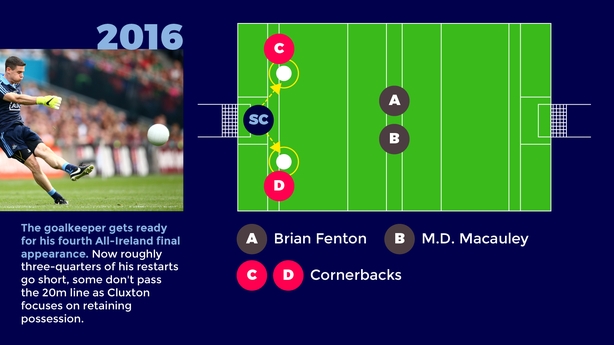When Gaelic football’s history books are being written, long after he has retired, Stephen Cluxton could go down as the most influential player the game has ever known.
Croke Park has seen many great footballers, including some of the deepest thinkers about the game who have changed the way the sport is played and the direction it has taken.
Mick O’Connell, Sean O’Neill, Kevin Heffernan, Sean Purcell, Peter Canavan and Joe Lennon, to name-check but a few, all changed football and the way we think about footballers.
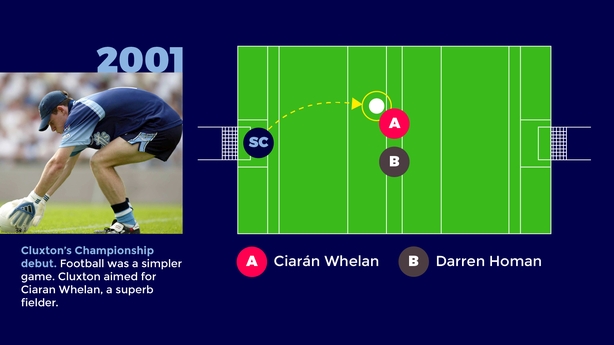
But Cluxton has had the most profound affect on the sport during his playing career. Only the rule makers could have changed it more (and they have had a few shots at this over the years).
The blanket defence, used first by Armagh and perfected by Tyrone, meant that the retention of possession became paramount.
The Dublin goalkeeper though refined this and ensured that there was no longer a contest for the ball from most kick-outs. Bearing in mind that there can be upwards of 40 restarts per game, this was a significant junction in the road.
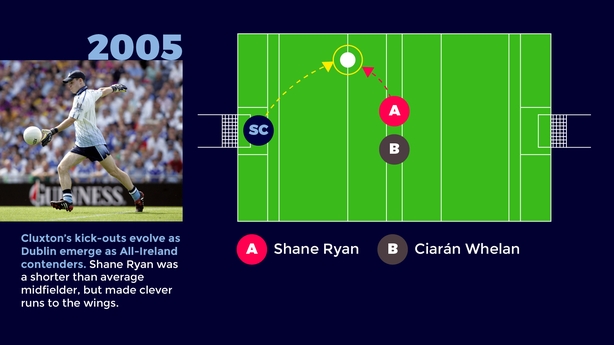
The days of the net-minder teeing it up, putting the head down and gritting his teeth as he let the ball go as long as he could for the big men in the centre field to fight over, died around the middle of the last decade.
When he first emerged Cluxton, who practices his art relentlessly, knew that he could look up and aim towards Ciaran Whelan. The big Raheny man was likely to get the better of most men he was marking.
But it didn’t take the 34-year-old secondary school science teacher long to start adding new strings to his bow.
The first significant change came around 2005, and saw Shane Ryan form a little-and-large pairing around the middle with Whelan, offering himself on clever runs to the wings for Cluxton to hit with his unerring left boot.
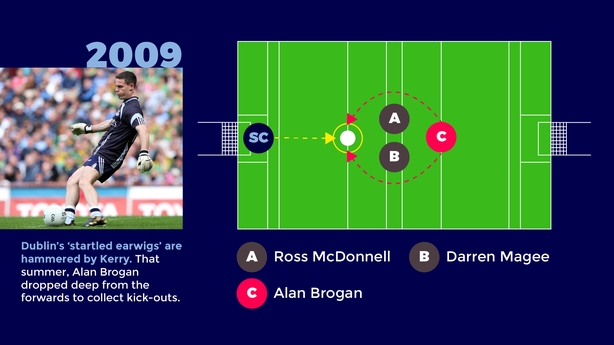
Tommy Carr was the Dublin manager to give the Parnells man his inter-county debut in 2001 and he cemented his place in the team under Paul Caffrey, but it was under Pat Gilroy that he really flourished.
In 2009 the Dubs were hammered by Kerry in one of the most startling All-Ireland quarter-finals ever played. Gilroy went back to the drawing board and came up with a defence-oriented game-plan that had Cluxton as one of its key pillars.
Only when he was in the most dire of trouble would the 12-time Leinster champion hit the ball into a contest. Half forwards like Alan Brogan, Diarmuid Connolly and Paul Flynn dropped deep and took possession into their chests while on the run.
This game to full fruition in 2011 when, with Flynn his go-to man, the Dubs won their first All-Ireland since 1995.
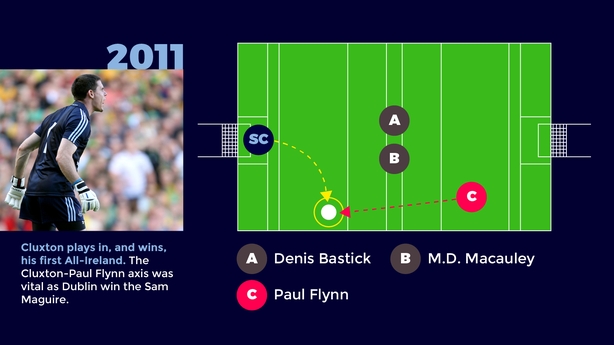
Over the years teams have tried to put the squeeze on Cluxton’s kick-outs to varying degrees of success and this has forced him to continue to change and adapt.
Now the margins are so small and the percentages so high, the Dublin keeper often aims his restarts at one of his corner-backs or a dropping wing-back.
Football now is a possession game, starting at the very back. A goalkeeper’s primary job is no longer stopping shots and catching dropping balls - it’s all about kicking out quickly and accurately.
